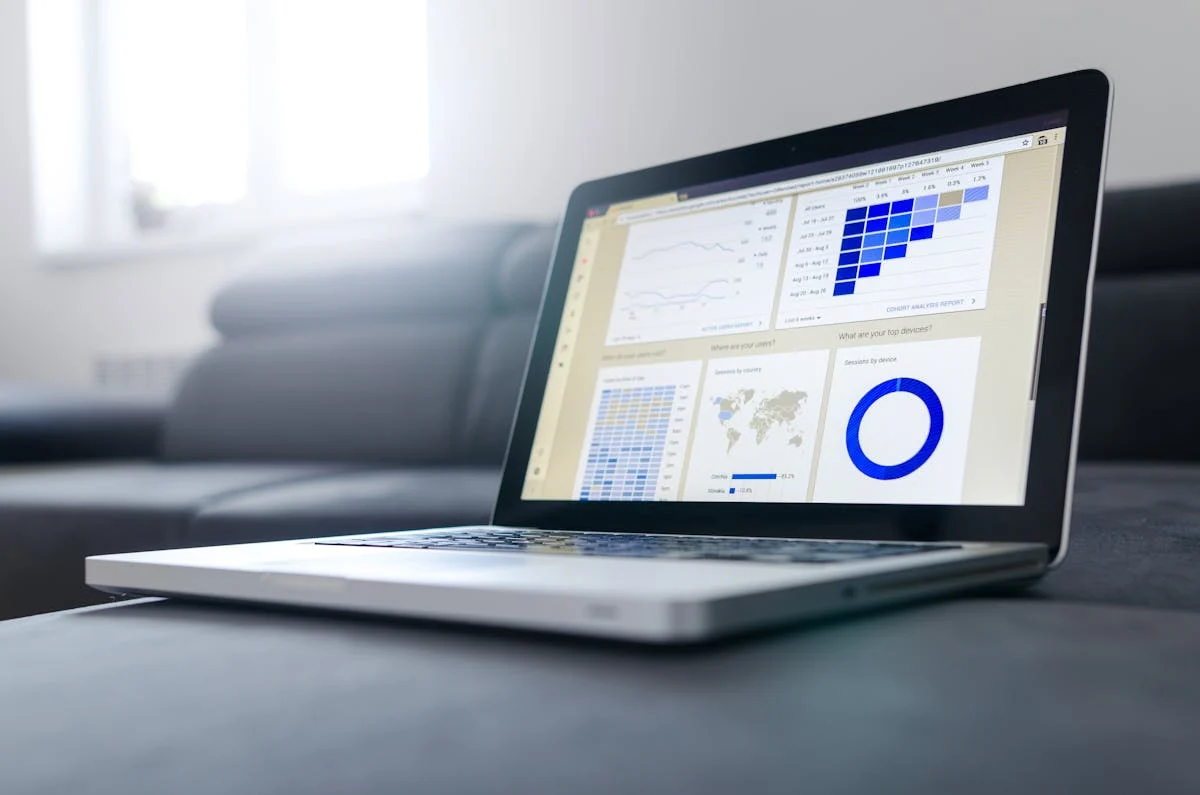
The Best Pricing Models for Online Advertising in 2020

Discover how to price your online advertising products so you can drive revenue and profit in 2020.
It’s all about balance. Local publishers who are looking to set pricing for their online advertising products can find themselves in a tough spot as they weigh the pros and cons of available pricing models. Prices that are either too low or too high can scare off potential advertisers and cost sales.
So what is the best pricing model for online advertising right now?
Rather than taking a shot in the dark, local publishers are using real life data to understand which pricing models for online advertising make the most sense for their businesses. Every publication has a unique audience, and every publisher has his or her own revenue goals. That’s why, when it comes to the best pricing models for online advertising, a one-size-fits-all approach just doesn’t work.
Whether you’ve been in business for a month, a year, or a decade, these are the strategies that you will want to look at as you research the best pricing models for online advertising. Given the wild ride we’ve all been on in 2020, some of the pricing models we are recommending this year are different than in year’s past. Consider which tactics will work best for your publication, and take a look at whether you could be generating even more revenue by adding new ad formats or campaign types to the mix.
Pricing Models for Online Advertising
Flat Rate Pricing Model
Publishers who survive on direct digital advertising sales are having the most success in 2020 utilizing the flat rate pricing model. With flat rate pricing, the publisher charges the advertiser a set price to display an ad for a certain period of time. For example, a local news publisher might charge a restaurant $500 per week to run a custom banner at 600×300.
Although flat rate pricing is used by local news, city and regional magazines, and trade publications, this pricing model is used most frequently by small and mid-size publishers. Rates with this model are usually set based on anticipated website traffic, ad placement location, the ad size, and the length of the contract. Generally, the longer the contract length, the less the publisher charges for each day or week when the ad runs.
Flat rate pricing is the simplest of the pricing models for online advertising as it gives publishers an easy way to forecast their monthly earnings. The amount of revenue a publisher generates with this model isn’t based directly on pageviews or engagements. While website metrics do play a role in the weekly or monthly price that a publisher sets, metrics don’t play as big of a role on a day-to-day basis, and publishers can feel confident in their ability to anticipate upcoming earnings.
Nearly any type of advertising opportunity can be set up with flat rate pricing. Including display advertising, sponsored content, channel sponsorships, newsletter sponsorships, and social media opportunities.
CPM Pricing Model
CPM pricing is widely used among large publishers, but the model can be quite complex. With the CPM pricing model, publishers are paid based on the amount of traffic their websites generate. Each time a visitor sees an ad, the advertiser is charged a pre-determined amount.
Calculating the amount a publisher generates with CPM pricing can be challenging. As a basic example, consider a small publisher with 10,000 visitors a month charging advertisers $5 CPM. Assuming an average of five ad views for each visitor, that publisher would be generating $250 per month with the CPM model.
Clearly, CPM pricing is not ideal for smaller publishers, such as local news sites and niche blogs. However, CPM pricing can be lucrative for very large publishers who regularly have more than 500,000 impressions per month.
CPC Pricing Model
Perhaps the most challenging pricing model on this list, CPC pricing involves charging advertisers based on how many clicks their ads receive. The price per click can range from as low as $0.01 to more than $10 per click.
Although CPC pricing should be straightforward, numerous reports have alleged fraud with this model. Advertiser concerns about the potential for artificially inflated clicks have decreased demand for CPC pricing. While there are many publishers who use click-fraud prevention technology to offer protection for their advertisers, the overall use of the CPC model has decreased significantly in the past few years.
Flat Rate vs CPM – Comparing the Top Pricing Models
For local and niche publications, the decision of whether to go with flat rate or CPM pricing is usually very easy. Flat rate pricing — charging advertisers by the week, month, quarter, or even year — is by far the preferable option.
Flat rate pricing makes revenue predictable so that even if a publication is down in traffic for one or two months, advertising income largely remains the same. Flat rate price is also easy to understand, which is helpful when salespeople are trying to explain their products to potential advertisers.
For larger publishers of “scale” — for example, general interest magazines and national news outlets — the decision between flat rate pricing and CPM isn’t always as clear cut. Larger news publishers are more likely to work with advertisers who are accustomed to using the CPM advertising model. These advertisers might be resistant to the flat rate pricing model, and in an effort to keep their advertisers happy, larger publications will often decide to stick with CPM pricing for their online advertising.
In an industry with intense competition, some publishers find that it is difficult to compete against publications selling with the CPM model. That’s because the CPM model appears to cost less upfront, even though the overall costs for advertisers can oftentimes be higher.
If you are struggling to decide which of these pricing models is the right choice for your online advertising program, please reach out to our team here at Broadstreet or download our free ebook, Ten Advantages — The Tested Game Plan for Digital Ad Sales.
Subscribe to Our Blog
Stay up to date with the latest marketing, sales, and service tips and news.


